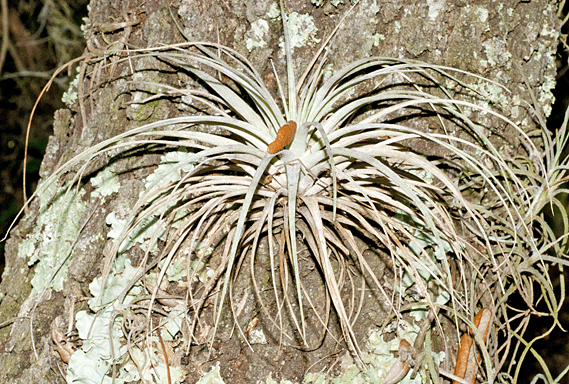Spartina bakeri thru Tillandsia variabilis
Species Name |
Common Name |
Spartina bakeri |
|
Spermacoce verticillata |
|
Sphagneticola trilobata / Wedelia trilobata |
|
Stachytarpheta jamaicensis |
|
Stachytarpheta cayennensis |
|
Stipulicida setacea |
|
Swietenia mahagoni |
|
Symphyotrichum bahamense |
|
Symphyotrichum dumosum |
|
Symphyotrichum elliottii |
|
Thalia geniculata |
|
Tillandsia balbisiana |
|
Tillandsia fasciculata |
|
Tillandsia paucifolia |
|
Tillandsia recurvata |
|
Tillandsia setacea |
|
Tillandsia usneoides |
|
Tillandsia utriculata |
|
Tillandsia variabilis |
Spartina bakeri Sand Cordgrass / Bunch Grass
|
Spermacoce verticillata Shrubby False Buttonweed
The plant's tiny white flowers are in compact, spherical inflorescences, as shown above and in the enlargement at left. The flowers are pollinated by several species of bees and butterflies. Seeds are ellipsoidal, brown, and 1 mm long, Shrubby false buttonweed is used in herbal medicines to treat a variety of skin maladies.
|
Sphagneticola trilobata / Wedelia trilobata Wedelia / Creeping Oxeye
Sphagneticola trilobata, aka Wedelia trilobata, is a non-native, mat-forming perennial herb in Family Asteraceae (The Aster, Daisy, or Sunflower Family). It is native to the West Indies and was introduced to Florida some time prior to 1933. It has fleshy leaves that are 5 to 10 cm long and 2.5 to 12.7 cm wide. As shown in the first two photographs, leaves have three lobes, hence the species name trilobata. Leaves have irregularly toothed margins. Wedelia has yellow-orange flowers born singly at the end of each stem. Blossoms resemble marigolds or zinnias and are 2.54 cm in diameter.
|
Stachytarpheta jamaicensis Blue Porterweed
Shown at left, purplish-green quill-like spikes produce one to several flowers, each blue or purple in color with a white center. Each flower is approximately 19 mm wide and lasts only one day, but the plant blooms year round. Blue porterweed is the larval host of Junonia genoveva (Mangrove Buckeye Butterfly), and it provides nectar for many butterfly species. In the West Indians, a drink made from the leaves of this plant resembles porter (dark beer with a bitter taste). Stachytarpheta jamaicensis' common name "Blue porterweed" originated from the association with this drink.
|
Stachytarpheta cayennensis Needleleaf Velvetberry
|
Stipulicida setacea Pineland ScalyPink
|
Swietenia mahagoni West Indian Mahogany
|
Symphyotrichum bahamense Bahaman Aster
|
Symphyotrichum dumosum Rice Button Aster / Bushy American-Aster
|
Symphyotrichum elliottii Elliott's Aster
|
Thalia geniculata Fire Flag / Alligator Flag
|
Tillandsia balbisiana Wild Pine / Northern Needleleaf
|
Tillandsia fasciculata Cardinal Airplant / Wild Pine
|
Tillandsia paucifolia Potbelly Airplant
|
Tillandsia recurvata Ballmoss
Tillandsia recurvata is a native, epiphytic, perennial member of Family Bromeliaceae (The Pineapple Family). Commonly called "Ballmoss", because of its spherical appearance, Tillandsia recurvatais is a flowering plant that grows on larger host plants, particularly Quercus virginiana (Southern Live Oak). It also grows on power lines. |
Tillandsia setacea Southern Needleleaf
|
Tillandsia usneoides Spanish Moss
|
Tillandsia utriculata Giant Airplant
|
Tillandsia variabilis Leatherleaf Airplant
|
© Photographs and text by Susan Leach Snyder (Conservancy of Southwest Florida Volunteer), unless otherwise credited above.

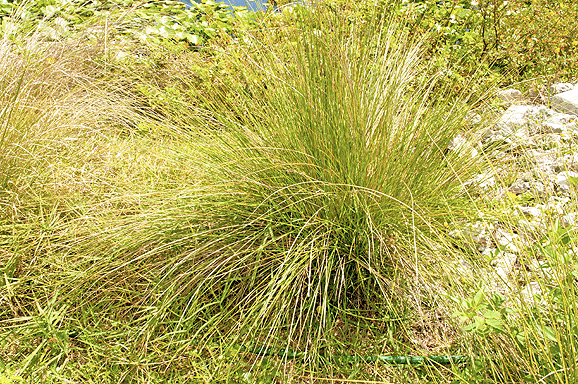 Spartina bakeri is a native, large, bunch-forming grass in Family Poaceae. It can grow to a height of 1.2 to 1.8 meters.
Spartina bakeri is a native, large, bunch-forming grass in Family Poaceae. It can grow to a height of 1.2 to 1.8 meters. 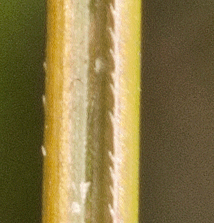 The leaves are rolled, as shown in the 2nd photograph, and almost wire-like, with the upper surface dark green and the lower surface light green.
The leaves are rolled, as shown in the 2nd photograph, and almost wire-like, with the upper surface dark green and the lower surface light green.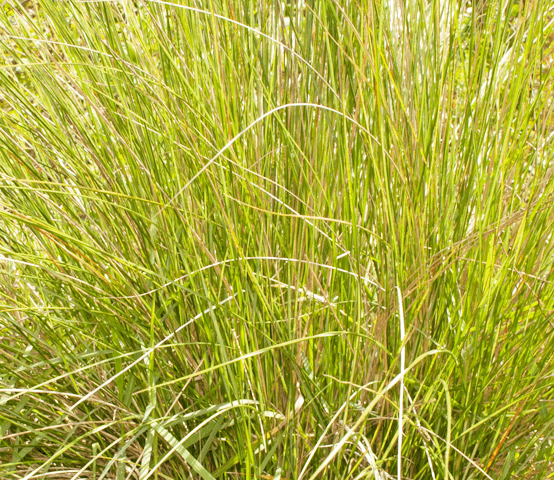
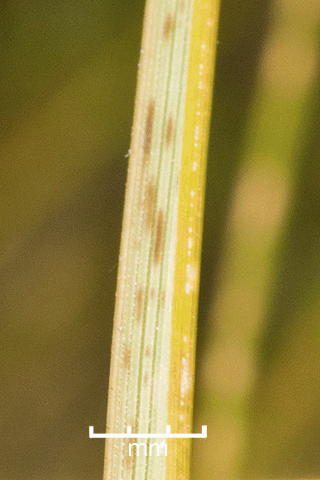
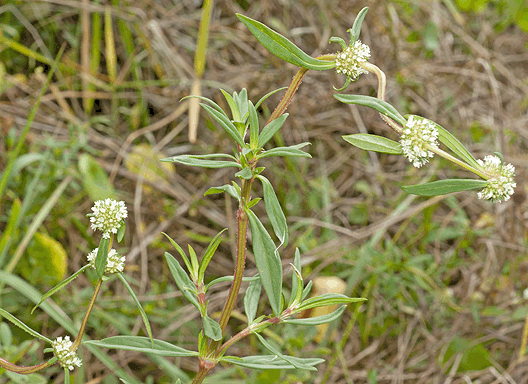
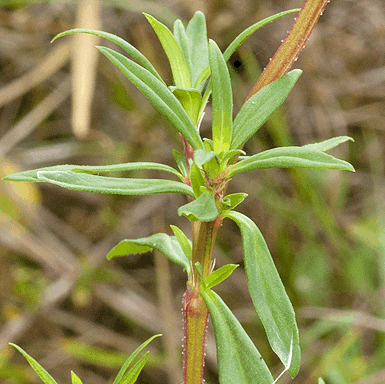
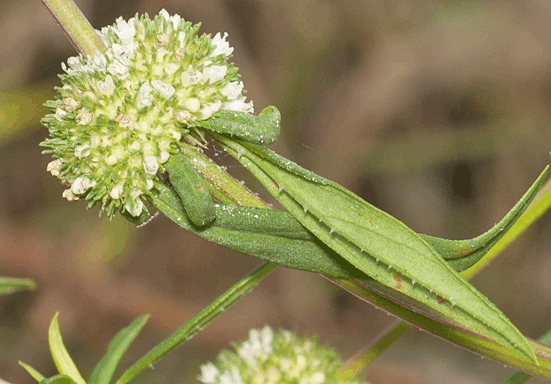
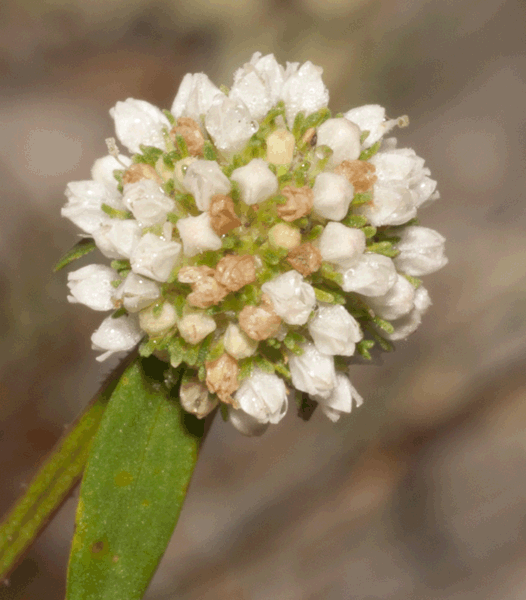
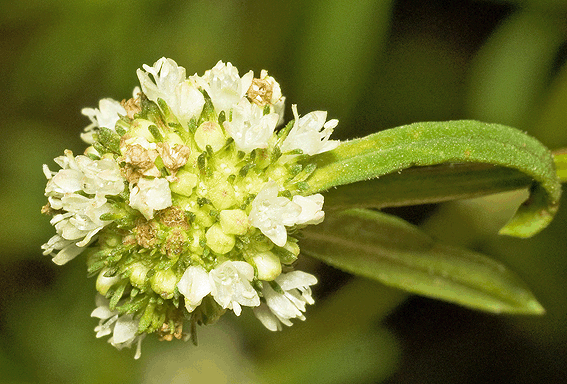
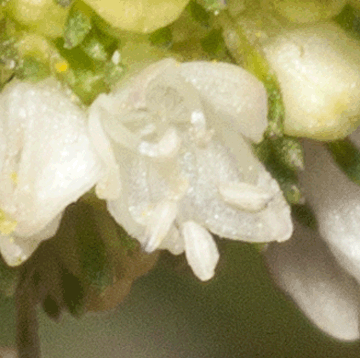
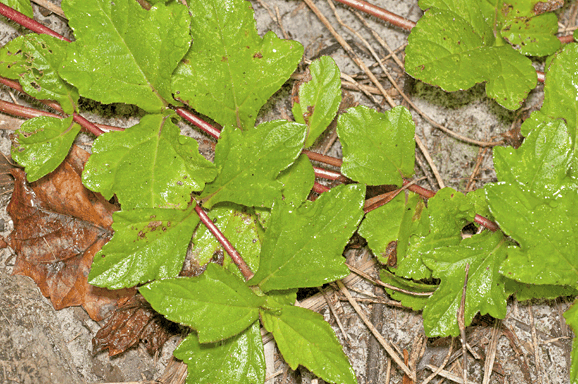
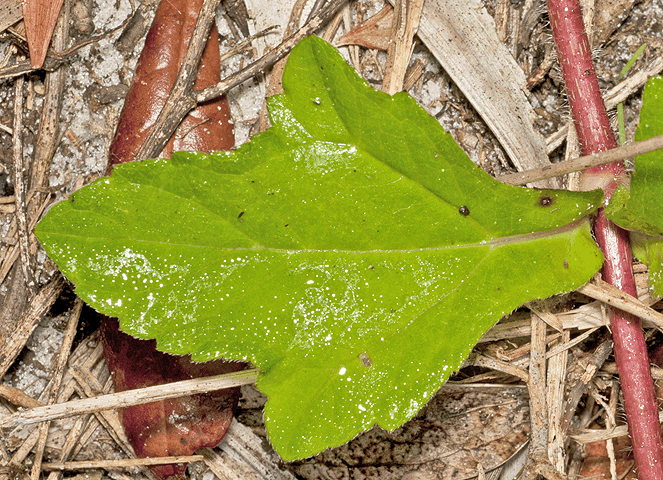
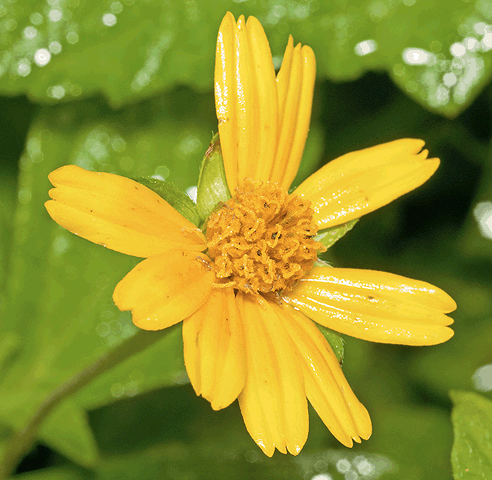

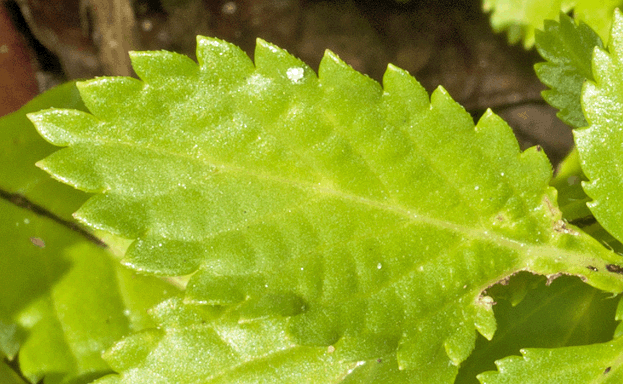
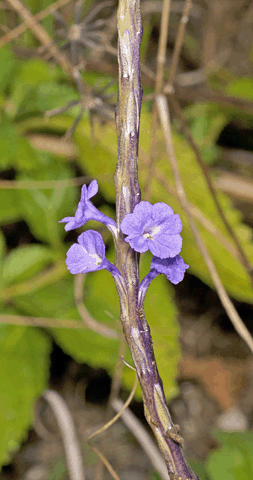
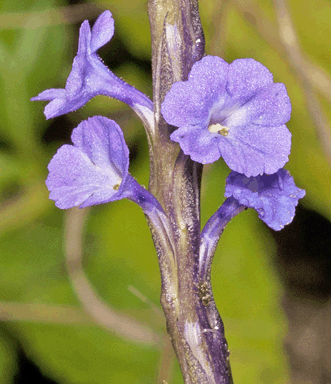
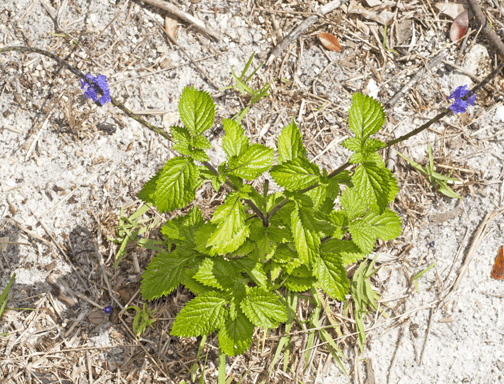
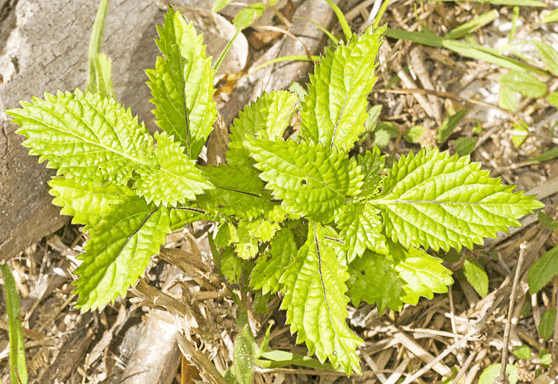
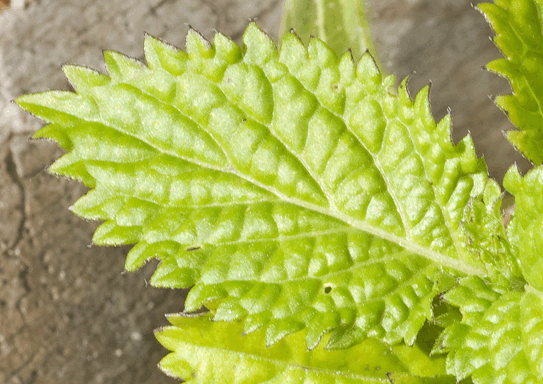
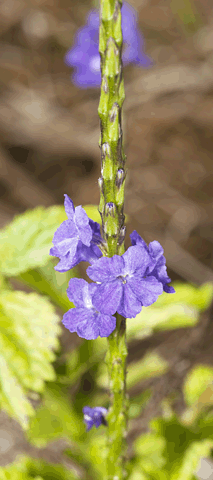
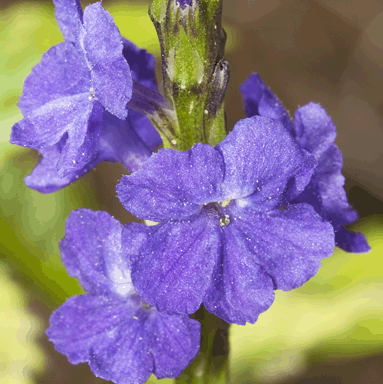 Shown at left, flowers are purple with a white center. Each is 8 mm in diameter and arranged with others on a long quill-like spike. Although it lasts for only one day, the plant blooms year round and attracts many butterfly species.
Shown at left, flowers are purple with a white center. Each is 8 mm in diameter and arranged with others on a long quill-like spike. Although it lasts for only one day, the plant blooms year round and attracts many butterfly species. 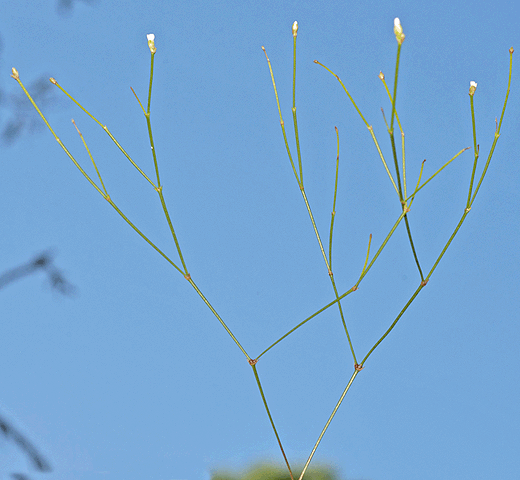
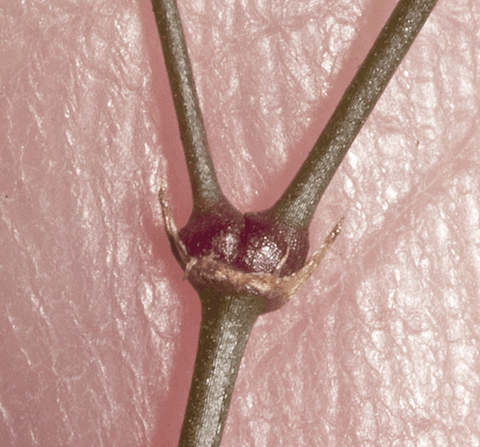
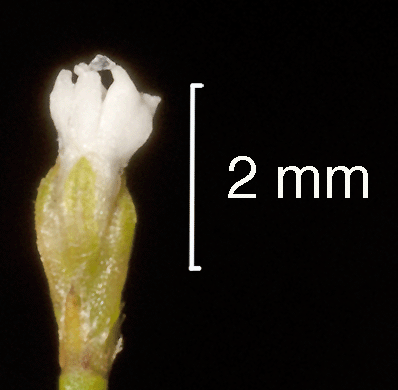
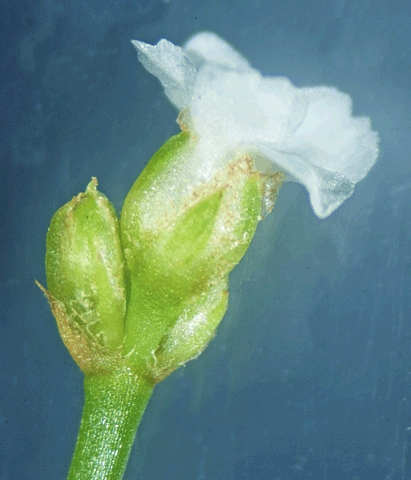
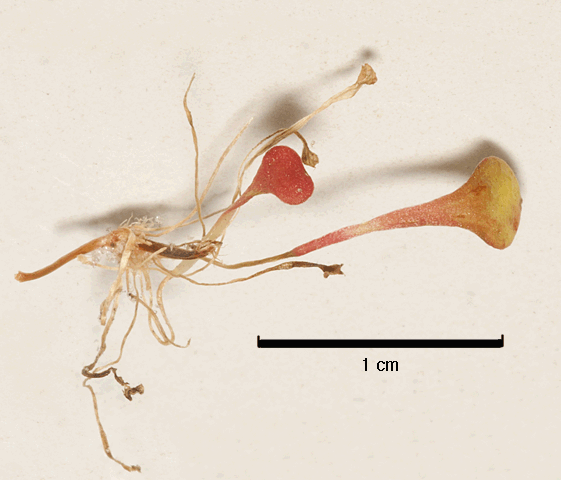 Some plants have small leaves at the base near the roots (shown in photograph 6).
Some plants have small leaves at the base near the roots (shown in photograph 6). 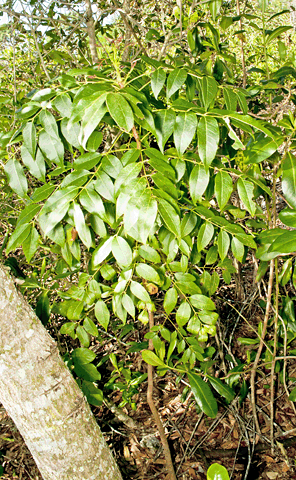
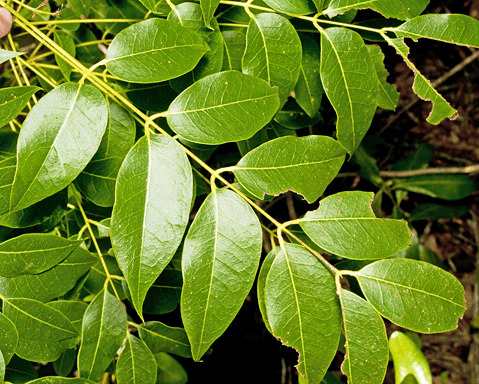
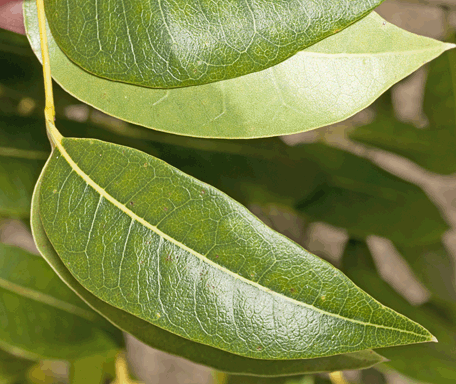
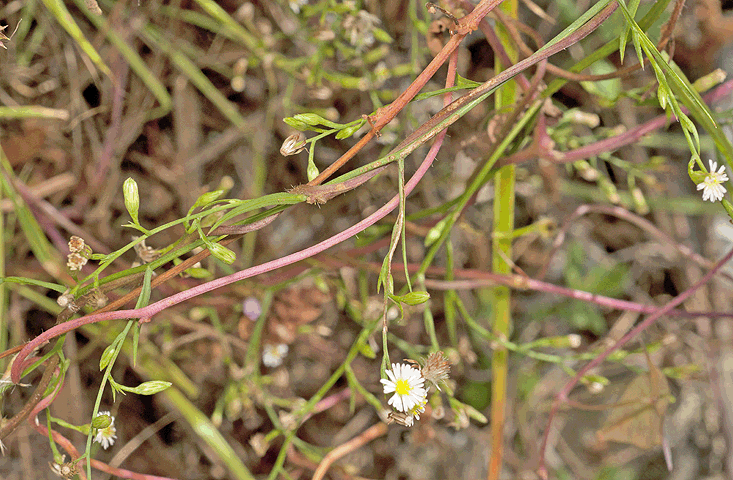
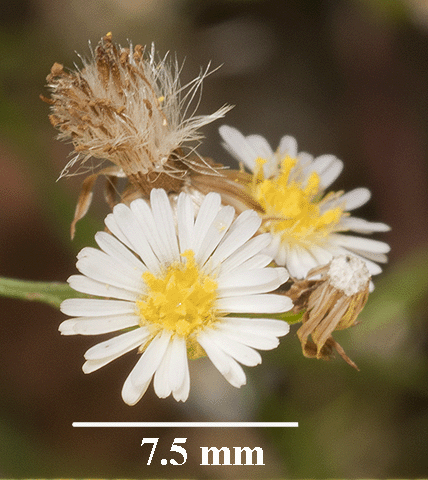 Symphyotrichum bahamense is a tall (up to 1.5 m), lanky, weed-like, delicate member of Family Asteraceae
Symphyotrichum bahamense is a tall (up to 1.5 m), lanky, weed-like, delicate member of Family Asteraceae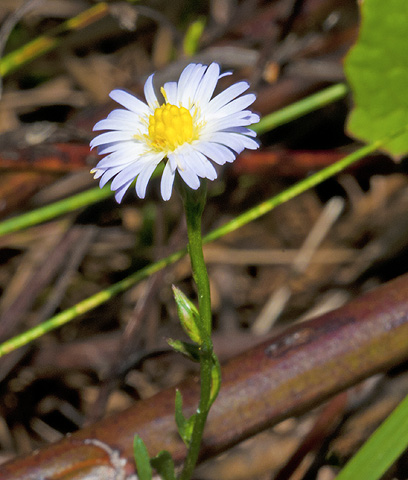
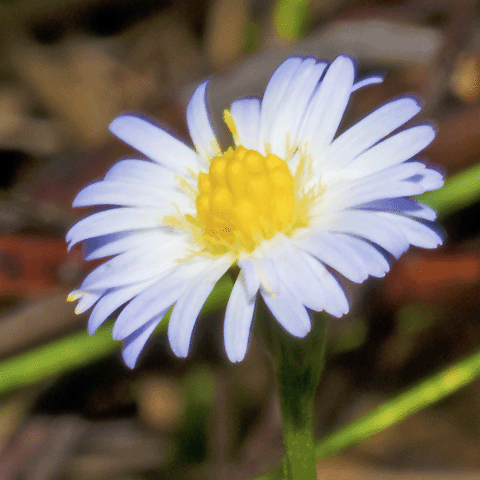
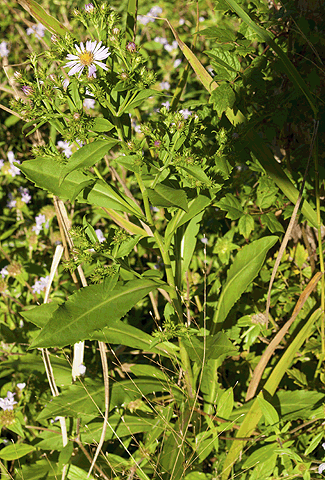
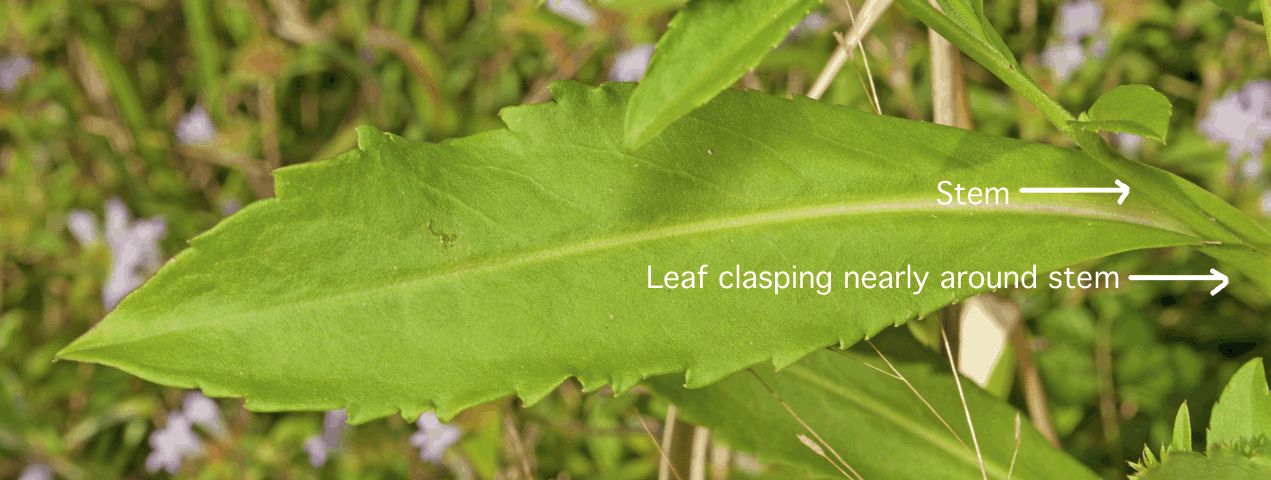
 The flower head of Elliott's aster is fairly large, as shown below of the one that measured more than 2.5 cm in diameter. Flower heads are daisy-like with lavender petals radiating from a yellow center. As labeled in the last photograph below, the flower is really a composite of petals (ray flowers) and the yellow center (disk flowers.)
The flower head of Elliott's aster is fairly large, as shown below of the one that measured more than 2.5 cm in diameter. Flower heads are daisy-like with lavender petals radiating from a yellow center. As labeled in the last photograph below, the flower is really a composite of petals (ray flowers) and the yellow center (disk flowers.)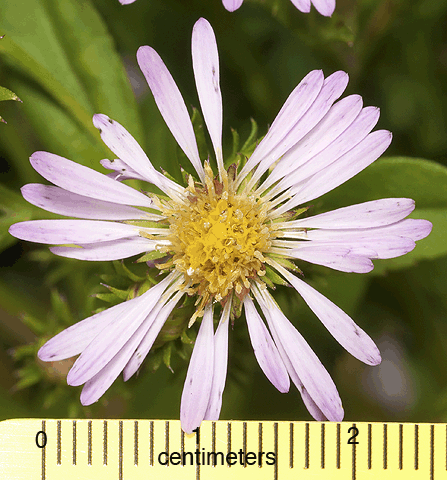
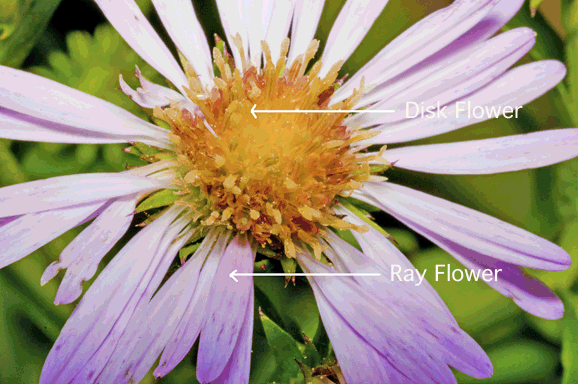
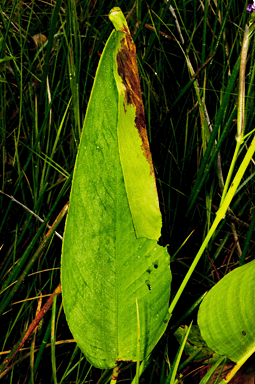
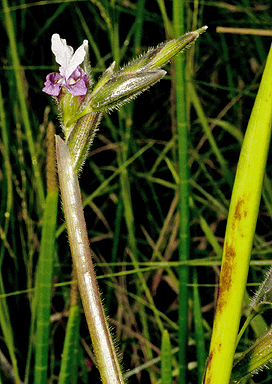
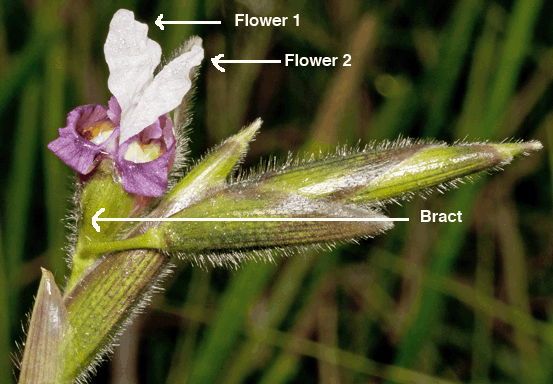
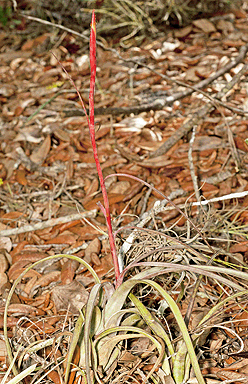
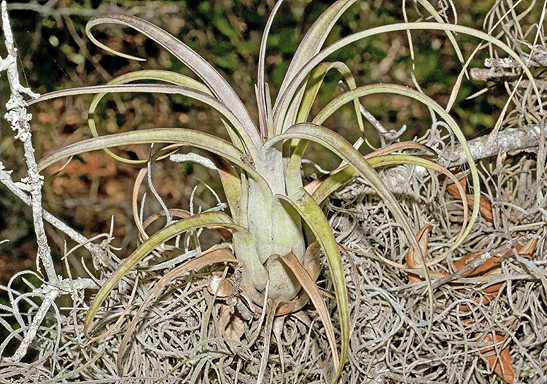
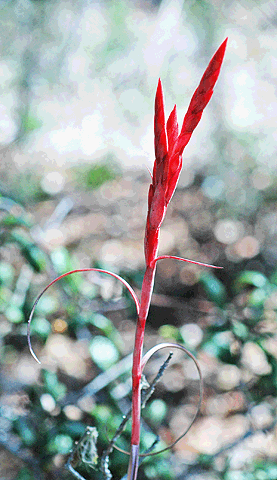
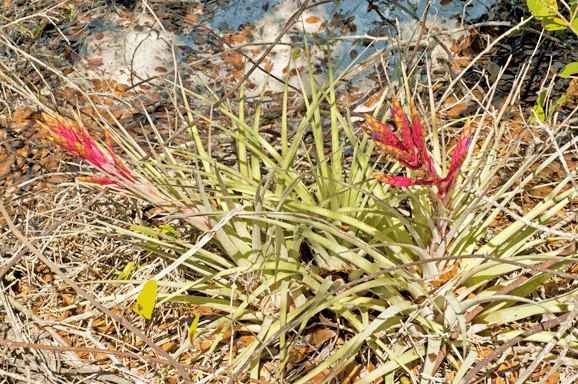
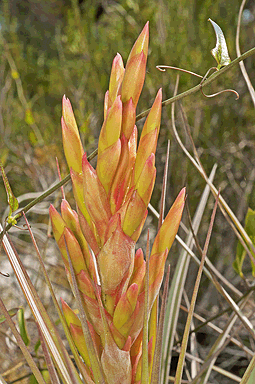
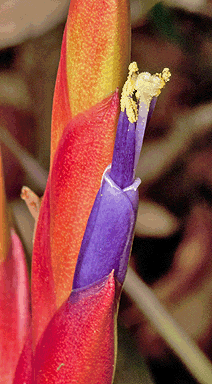
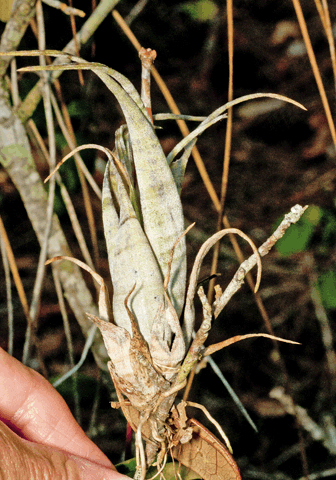
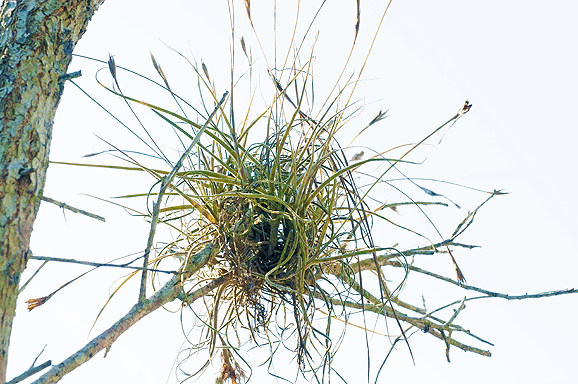
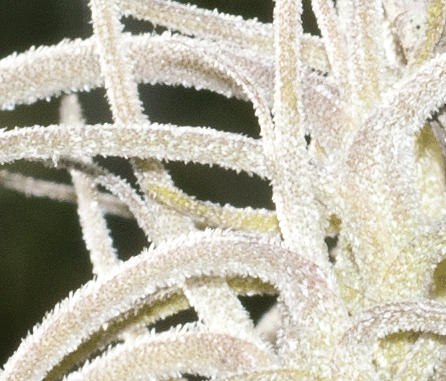
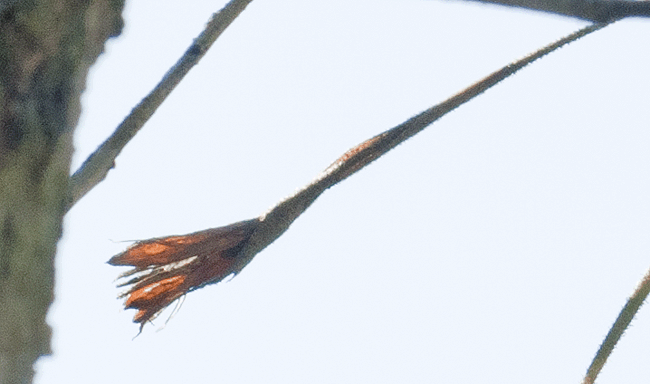
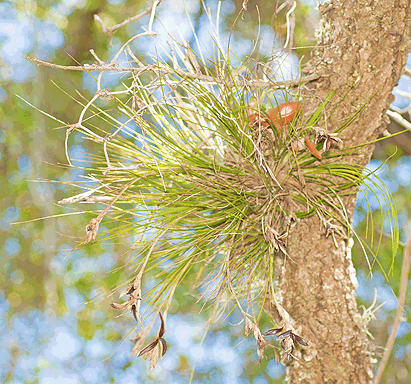

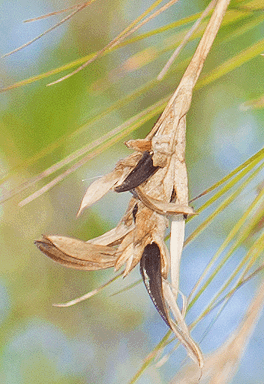

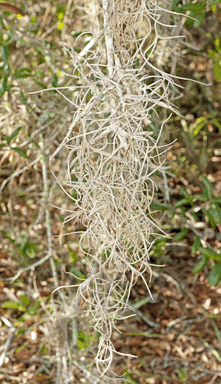
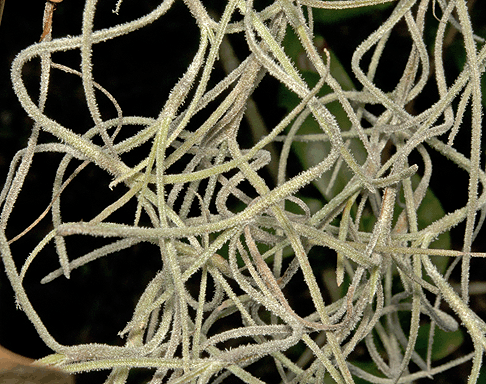
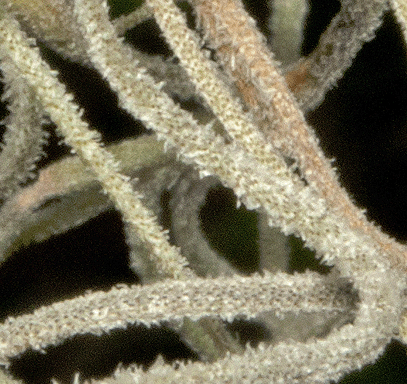
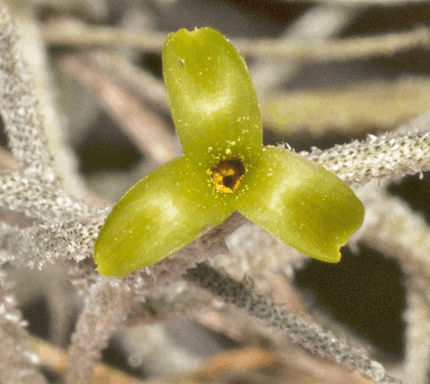
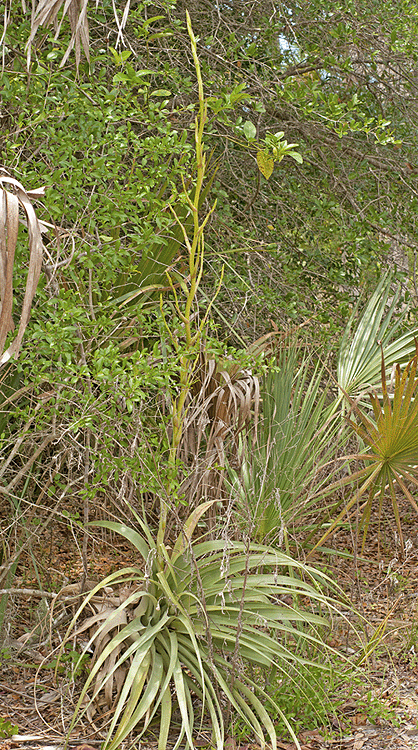 Tillandsia utriculata
Tillandsia utriculata 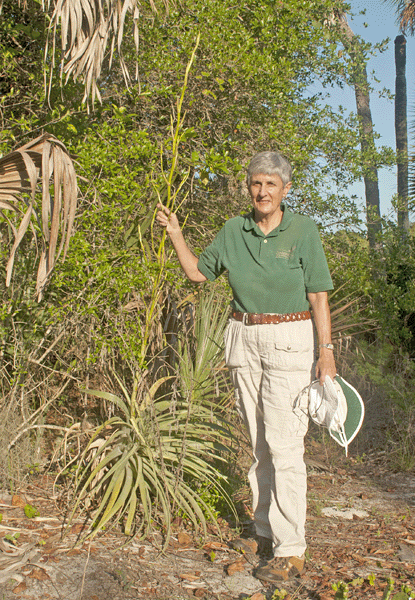 Flowers are white and tubular.
Flowers are white and tubular. 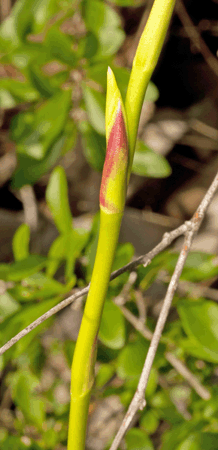
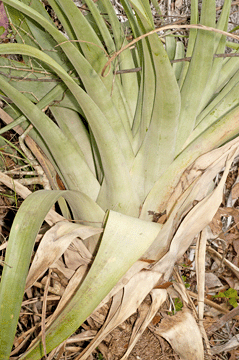 This species is always solitary and dies after seeding. Its many seeds have tufts of hair-like structures that help in dispersal.
This species is always solitary and dies after seeding. Its many seeds have tufts of hair-like structures that help in dispersal. 